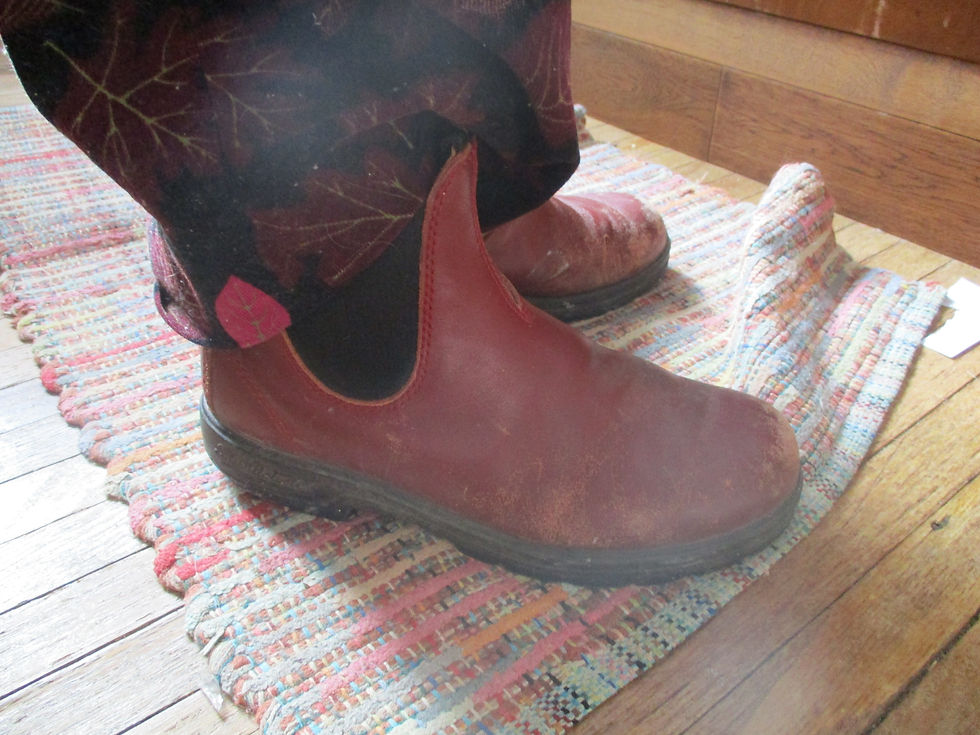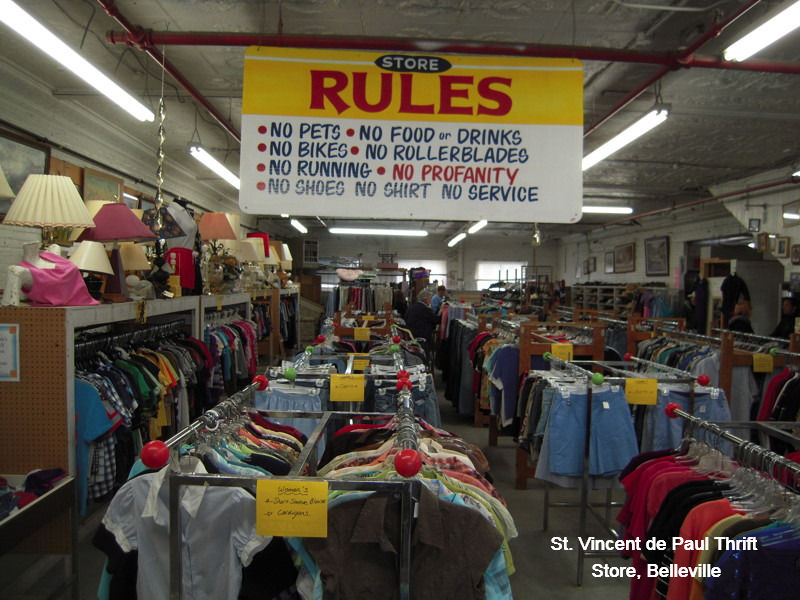Two Day Shipping: Too good to be true
- Laura Crystal
- Jan 25, 2020
- 2 min read
Sometimes good things come with a catch. I thought that ordering online had an environmental catch but it turned out that I was only half right.

Last Thursday I went to a environmental talk given by Dr. Warren Mabee, Director of Queen's Institute for Energy and Environmental Policy. I was excited to hear what this man, whose job it is to assess the impact of our actions on the environment, had to say. I had a lot of expectations.
But I didn't expect him to talk about online shopping and shipping.
I guess it makes sense; it's a huge part of our current economy and accounts for a large portion of the tractor trailers traveling our roads. And the tractor trailers certainly produce a lot of pollution.
I didn't think there was a lot to talk about. I thought that all online ordering was bad for the earth and that was that. I've been avoiding it for a while because of that assumption. I discovered at this talk, though, that I wasn't completely right. And I wasn't completely wrong, either.
The good news is that normal shipping of goods (5-7 day shipping) has an environmental footprint comparable to (and sometimes better than) buying directly from a store.
This is because when ordering online, the company who ships the good has a very complicated algorithm that calculates the most efficient routes for the delivery trucks to take. Efficient routes means the least amount of driving possible which translates into monetary savings for the company and, as luck would have it, less of an environmental impact!
But, according to Dr. Mabee, when the customer (that's you!) chooses overnight or 2 day delivery, that algorithm goes out the window: getting things to their destination quickly, becomes the only consideration.
In this scenario, trucks drive around half empty, wasting money (which companies don't mind because you paid extra to get it quickly) and creating more pollution.
I was relieved. I used to feel wracked with guilt every time I needed to order something online. Now I know that, as long as I'm patient and willing to wait a little bit longer for my things to arrive, buying something new online has the same environmental impact as buying something new in a store (buying new things in general still has a huge environmental impact and should be minimized- but that's a different discussion).



Comments